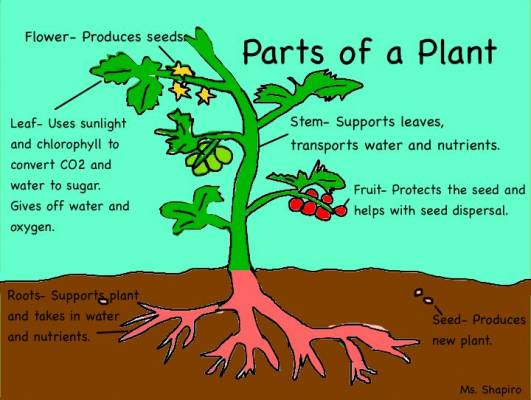I won't do your homework for you, but this should get you started in the right direction.

Hints: Chlorophyll is green. Use the purpose of leaves vs. roots in your answer.
Bonus: The plant's food production is called photosynthesis.
I won't do your homework for you, but this should get you started in the right direction.

Hints: Chlorophyll is green. Use the purpose of leaves vs. roots in your answer.
Bonus: The plant's food production is called photosynthesis.
White roots are generally new roots or the tip of the old roots. These roots are strong in oxygen and can oxidize the surrounding soil to form an oxidized circle, which oxidizes the soluble divalent iron around it to ferric iron. It does not accumulate on the surface of the root, keeping the root white. White root has a strong physiological function, and its vitality and absorption capacity are very strong, so it is said that white roots are strong.
Yellow roots generally appear on the base surface of old roots and roots. These roots are thickened due to aging, and the ferrite is deposited on the roots to form a yellow-brown iron film. This layer of iron film has a protective effect, which can prevent toxic substances from immersing into the roots, but the absorption capacity of this root system is greatly weakened, so the yellow roots are life-saving.
After long-term flooding, due to insufficient oxygen in the soil, there are many ferrous irons. At the same time, the organic matter is decomposed by anaerobic gas to produce a series of toxic substances such as hydrogen sulfide. When hydrogen sulfide and ferrous iron are combined, ferrous sulfide (black) is formed on the root surface to make the root black. This root physiology is further degraded, so black roots are sick.
If the soil lacks iron, hydrogen sulfide can not be eliminated, which can inhibit the respiratory and absorption functions of the roots and cause root poisoning to die. The symptoms of hydrogen sulfide poisoning are that the roots are pulled up to observe the gray water stains of the roots, and there is a smell of rotten eggs, so the ash is terrible.
Plant extracts are a class of plant-derived active materials, which exert one or multiple biological functions such as growth promotion, antioxidant, anti-virus, and immunological enhancement etc. Plant extracts are the main raw materials of botanical preparations which can be applied in nutritional supplements, health ingredients, cosmetics, processing aids, additives-chemical replacers, and pharmaceutical for therapeutic properties and other industries. Plant extracts are the core goods in the market of natural medicines and health products.Didn't find the answer you were looking for?